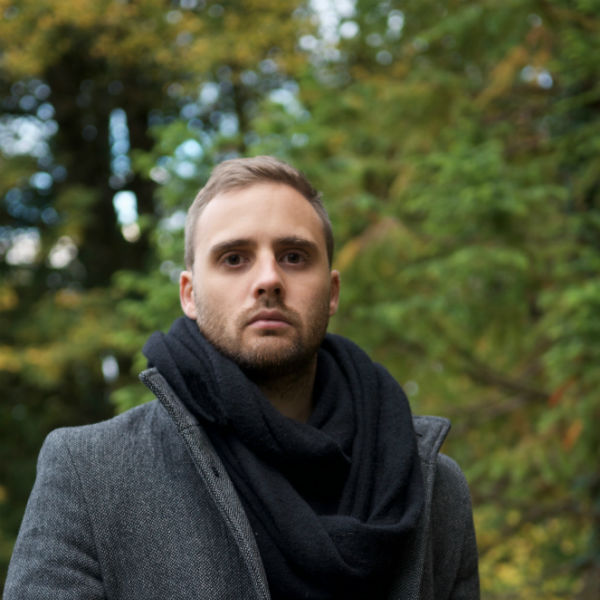
Vincent Grandjean-Perrenoud-Contesse
WP1, WP3
-
Position:
ESR4 -
Home Institution:
University of Neuchâtel -
Email:
vincent.grandjean@unine.ch -
URL:
https://www.unine.ch/philo/home/collaborateurs-trices/vincent_grandjean_perrenoud_contesse.html -
Further Information:
I received my BA in philosophy and history and my MA in philosophy from the University of Neuchatel. As a student of the Ecole Normale Supérieure of Paris, I also obtained the diploma of the ENS and a MA2 in contemporary philosophy from the EHESS. I spent the spring term 2016 at the New York University. I am currently an early stage researcher within the Marie Skłodowska-Curie European Training Network DIAPHORA. I am mostly interested in the metaphysics of time, philosophical logic and the philosophy of physics.
In my current research, I focus on a basic intuition regarding the nature of time: the past is fixed once and for all, while the future is open and replete with many possibilities. Although this intuition is deeply ingrained in our manifest image of the world (we decide, we hope, we regret, etc.), a number of arguments, mainly taken from contemporary physics, have been put forward to show that this asymmetry between the future and the past is in fact illusory. Therefore, since I aim to reconcile the results of contemporary physics with our basic intuitions about reality, I try to conceptually improve the way we (as non-physicists) think about the nature of time, to make it compatible with the most salient scientific theories.
The question of the openness of the future (as opposed to the fixity of the past) is among the most resilient problems in the history of philosophy. It was originally discussed in Aristotle’s De Interpretatione, chap. 9 and, with the recent revival of metaphysical concerns within philosophy, has reemerged among the widely debated topics. Since this question is a source of disagreement for more than 2300 years, its study appears to perfectly fit with the DIAPHORA project.